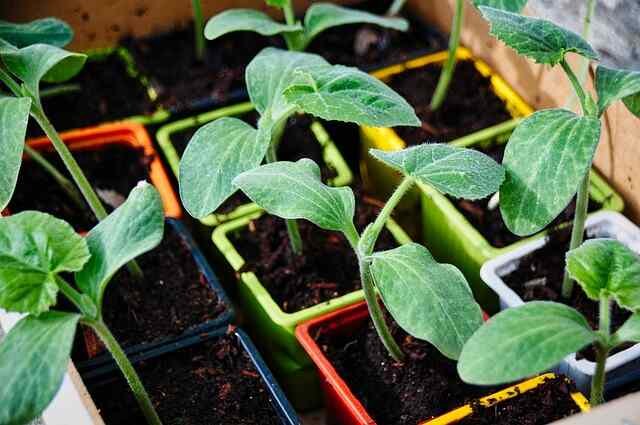So you’ve decided to start a vegetable garden? Good on you! It’s the best decision you will ever make. But there are plenty of pitfalls to avoid. Hi, today I’m going to show you the five most important things you need to know before laying the foundations of your new garden—things I wish I’d known when I was starting out. Get them right, and you’re well on your way to abundant harvests.
Space

You will first need to carefully consider where you will develop your own heavenly and nutritious vegetables in order to fully utilize the space you are using to grow them. No matter how big the plot is, the same principles apply. Lightness is the most important consideration. In cooler environments like mine, most of vegetables expect six to eight hours of direct daylight every day. However, if you want to grow vegetables in a hot climate, you’ll need a spot that gets some sun and some shade, especially during the summer. This will allow you to grow vegetables like spinach and cabbage that are good for the fall and winter. Setting aside some margin to note where the sun projects conceal over the course of the day will assist you with deciding the best area for your plot.You can, for instance, take action against excessively high branches, but you are unable to move structures or plants beyond your boundary. Keep an eye on the predominant winds and the current. The ideal nursery will be bright for part of the day and protected from the coldest breezes.
Soil
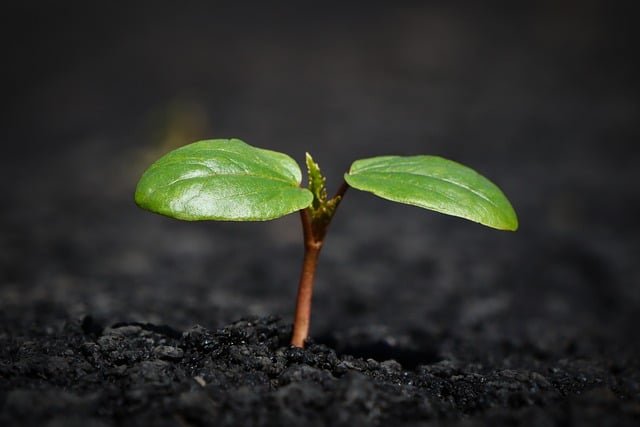
Next up is soil. Ideally, you want the soil to be relatively well-drained and moisture-retentive. The bottom part of my garden gets really, really wet in winter, which is why I decided to locate the main vegetable growing area uphill from there. It’s better drained. Now, not every garden is going to have perfect conditions, and some compromises will, of course, be made. This garden does get a reasonable amount of sunshine, but it’s relatively exposed to the wind. Still, on balance, this is the best place for growing vegetables in my garden.
Layout of Garden
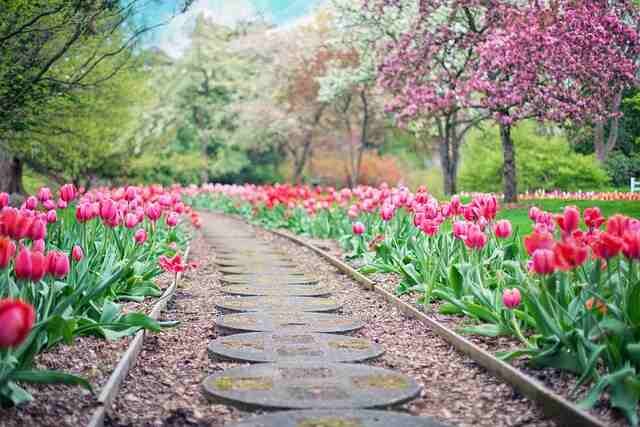
With the general location decided on, the next step is to plan the layout of the garden itself. This garden uses a series of raised beds divided up by paths, and that makes it very easy to zone the garden for things like crop planning and, of course, crop rotation. Raised beds also offer the advantage of freer-draining soil, which means it’s less likely to get saturated in the very wet winters we have here. I’ve made certain that the middle of the beds can easily be reached from the sides for things like pulling up weeds and harvesting. That’s important because you don’t want to get an over-sore back from overstretching, and it means you never have to step on the soil, avoiding compacting it. That makes for a bed width of around four feet, or 1.2 meters maximum. The paths are wide enough to be able to face the bed head-on and tend to it. Ideally, in fact, I’d now make the paths a little wider—at least 18 inches or 45 centimeters—and that will allow a wheelbarrow to comfortably pass in between the beds. Getting this right—getting your path widths right, getting your bed widths right—is so worth it at this planning stage because it’ll make tending your crops a lot easier. Even if you’re not using raised beds because your soil is free-draining enough, still take the time to lay out proper paths and growing areas. That way, you can put all of your soil amendments on the soil and not waste it on the paths. Also, you’ll be less inclined to walk on the growing areas too.
Watering
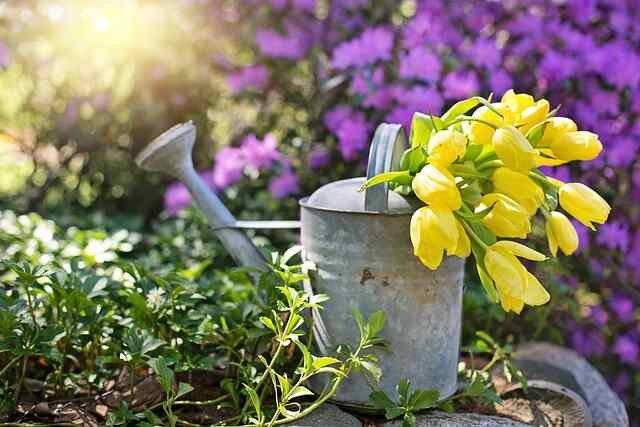
Watering can be a big job in the summer. Now, my nearest water barrel is down here at the bottom of my garden. That’s not ideal. It’ll make watering thirsty crops so much easier if you can locate your new vegetable garden close to a water source. Or if that’s not possible, at least have the option to install more areas to collect water for use on-site. The shed behind me is really close to the vegetable garden, and yet it doesn’t have a water barrel attached to it yet. My plans for this year are to put that right. Install as many water collection barrels as you can and do it now, so you’ll have plenty of rainwater, which is by far the best plant-friendly water to irrigate with. It’s also worth investing in a high-quality hose with a decent attachment. My hose connects right around the front of my house, some distance from the vegetable garden. Would you believe it? So I’ve invested in a durable hose that extends quite a long way. The spray nozzle has several settings to cover all eventualities.
Composting Area
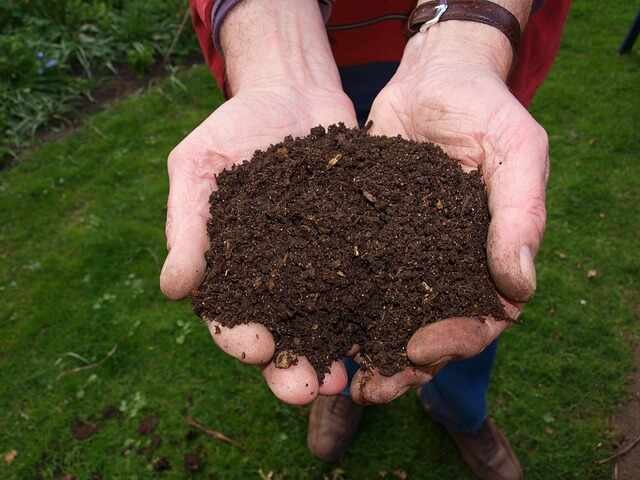
There should also be a composting area in your layout—more on that in a moment) and a seating area—or at least a place where you can take a seat because you’ll want to stop and look at your hard work from time to time. Once you have decided on your location and layout, your next priority should be to start working on your growing areas and beds as soon as possible to be ready for sowing and planting when the time comes. Because growth has slowed to a crawl during the winter, you can get a head start by doing this. The initial step is to eliminate any bigger rocks and flotsam and jetsam prior to getting on and handling those weeds. It is crucial to start a new vegetable garden without weeds because it means there will be less competition, you will have clean growing areas, and your crops will naturally thrive.
Because weeds, like all plants, need light to grow, covering them is one way to keep them under control and help fight them. Most of the time, all that is required is to cut the pasture or weeds down to the ground, then cover them with at least four inches or ten centimeters of organic material, perhaps with a layer of cardboard on the bottom for extra protection. I did this with my raised beds: first the compost, then the cardboard. In order to prevent weeds from entering your beds from the sides, you will also need to cover the paths. Alternately, maintain regularly mowed grass paths. Because lawn surrounds my vegetable garden on three sides, weeds cannot enter from that side. At first, cardboard was used to cover the paths, but as needed, wood chips are now added.
Perennial weeds—that’s weeds that last for more than one season—are notoriously hard to get rid of because they’ve got long, searching roots or deep tap roots, and that makes them really quite hard to kill. Now, you can try covering them with cardboard and then compost as before and then pulling out or hoeing off any that do make it through, and you will eventually win the battle like that. A more thorough alternative, perhaps, is to cover the entire area with a light-excluding membrane such as dark polythene. This will severely weaken the weeds or even kill them off. Weeds obviously grow faster during the growing season when it’s warmer, but putting these measures in place now will give you a bit of a head start for when growth does resume.
It’s possible that the area where you want to plant your new vegetable garden has already been cleared of weeds or that you just want to get rid of them. Therefore, the soil should be your next focus. Even though not every garden has the right kind of soil for growing vegetables, most of them can be improved by adding many of these things: beautiful, abundant natural material, like leaf shape, spoiled fertilizer, or manure. The sooner you improve the soil, the more time it will have to settle down and be ready for planting and sowing. I don’t dig when I grow things. This has a number of advantages: Soil is unaffected so that its intricate network of life can flourish, resulting in improved crop growth. By not digging the soil, you will leave the weed seeds buried, which will reduce the number of weeds and save you time and effort digging. It goes hand in hand with the smothering method of controlling weeds because, most of the time, you won’t have to wait for the weeds to die before planting. Consequently, to start another no-dig region, everything you really want to do is spread your natural matter on top of the current soil and let the worms dig it in. Do this right away to give the worms enough time to finish it before the growing season starts.
It really pays to make as much of your own compost as you can because a healthy vegetable garden can require a surprising amount of it. Now is the time to set up your composting area, in addition to improving your soil with purchased bags of compost or manure. It ought to have two heaps: one that is active and you are attaching things to, and another that is maturing. The main time of your new vegetable nursery will see it top off rapidly with cleared weeds, grass clippings, leaves, and kitchen squander. If you can, locate it in your vegetable garden, or at least close to it, so you won’t have to travel far to transport composting ingredients from the garden and mature compost back into it.
With growing areas set up, you’re now ready to begin your planting plan. This is the really exciting moment. Now, I’d start with those vegetables that are going to be in the same piece of ground for many years: the perennial vegetables like rhubarb and asparagus, as well as fruit bushes and so on. Please do take your time in considering where these permanent plantings will go because you won’t want to dig them up once they’re planted. Locating them towards the edge of the garden makes the most sense, bearing in mind, of course, taller crops.
In terms of the remaining vegetables, prioritize what you enjoy eating and, particularly important for smaller gardens, what will produce the most.That includes vegetables like climbing beans, courgettes or zucchini, tomatoes, salad leaves, and roots like beets, carrots, and beetroot. Consider using software like the garden planner I’m using here if you’re new to vegetable gardening, which is exciting. Getting the spacing between plants right will help you avoid overcrowding, a rookie mistake that every gardener has made. In doing as such, this will assist you with limiting waste by showing you precisely the number of plants you that will require and, essentially, when to plant or plant and when you can hope to gather. The nursery organizer might actually assist you with picking what yields develop best together. This kind of companion planting can really accelerate your success.
Thanks for reading, happy gardening.

